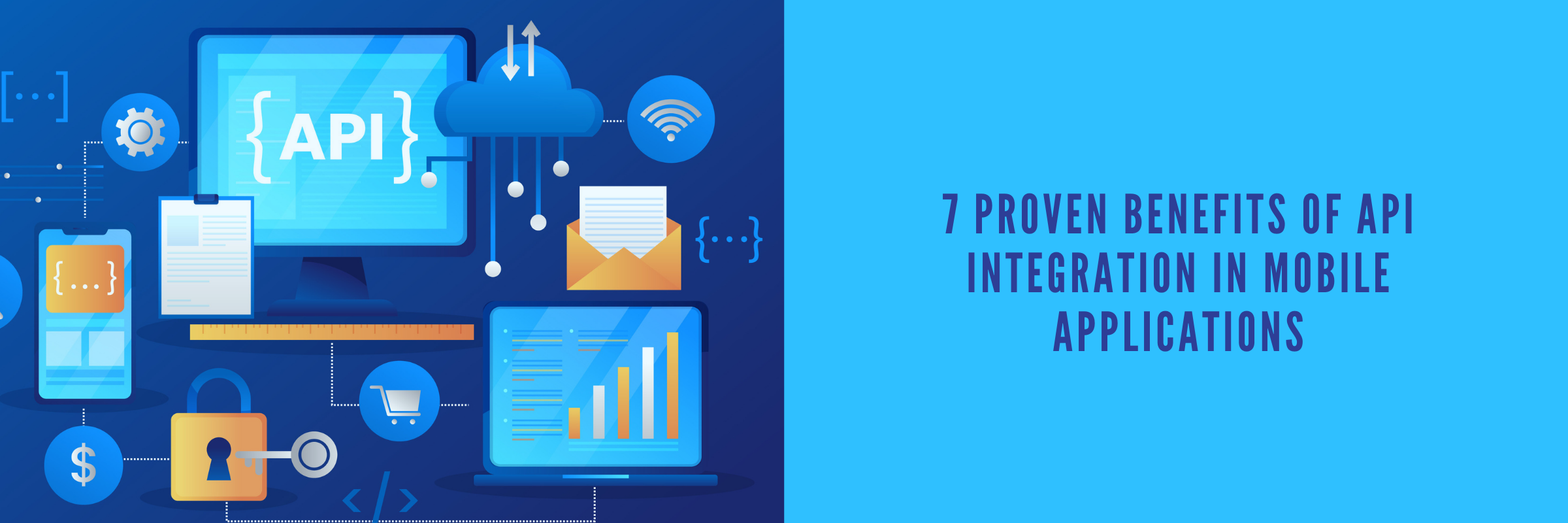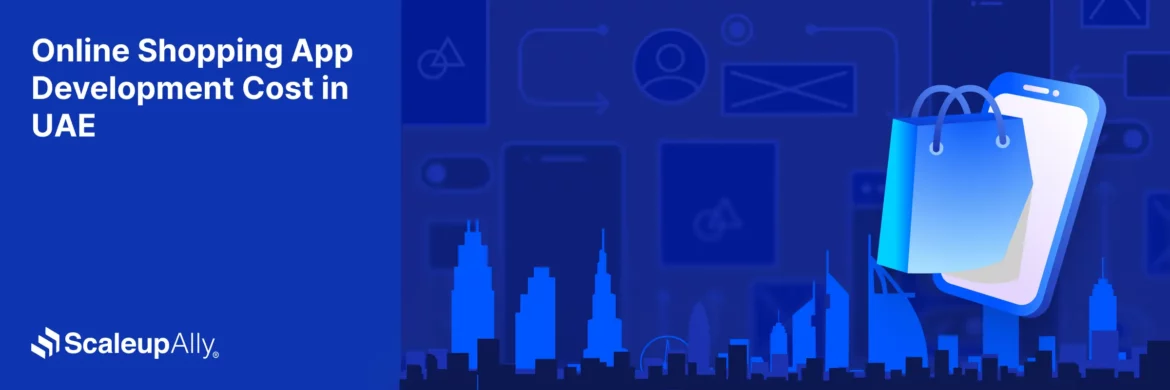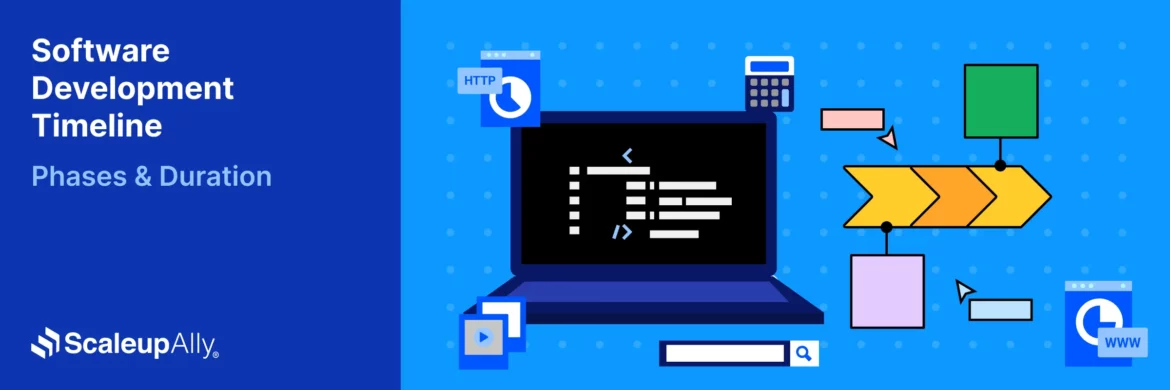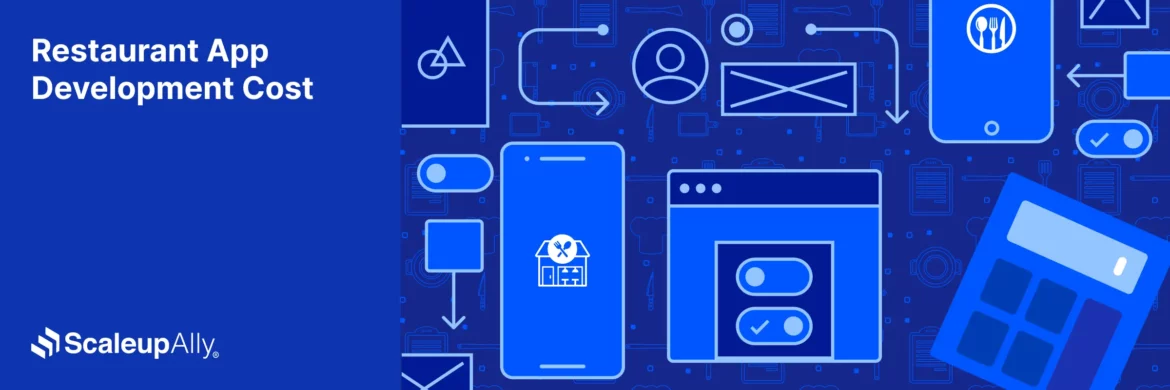
7 Proven Benefits of API Integration in Mobile Applications
Suprabhat Sen | January 17, 2024 , 10 min read
Table Of Content
Whether you work in marketing, finance, or operations, you’ve probably heard a lot about API integration recently and its importance for businesses. These integrations are crucial for ensuring that information flows smoothly between different parts of an organization.
With over 200 million APIs available, they have become essential for modern IT infrastructures. The number of APIs has been growing rapidly, with an average of 20,000 new ones added each year since 2015, and this growth rate has increased significantly in recent years.
APIs are now a fundamental part of our online activities, from booking flights to using social media and sending messages. Search engines like Google use APIs to provide relevant information based on users’ past search queries.
APIs act as intermediaries between two applications, enabling them to understand and communicate with each other.
This article seeks to make API integration easier to understand, examine how it fits into mobile apps, and look at the specific advantages that can improve your approach to developing apps.
Key Takeaways
- API integration connects multiple applications, enabling seamless data exchange and efficient inter-system communication for businesses.
- Proper API documentation ensures predictable responses, smooth interaction, and a structured framework for reliable software operations.
- Mobile apps benefit from APIs by adding advanced features like payments, social media, and location services without building from scratch.
- Real-time updates through APIs keep mobile applications current, enhance user experience, and maintain accurate, synchronized data across platforms.
- APIs simplify third-party integrations, strengthen security, and improve operational efficiency while reducing development time and overall project costs.
What is API Integration?
An API, or Application Programming Interface, consists of programming instructions that allow one software program to communicate with another. Essentially, an API is how two different technologies communicate with each other.
Therefore, API integration refers to linking the Application Programming Interfaces (APIs) of different applications so they can share data and work together to perform tasks.
To understand this better, imagine you’re at a restaurant. You have a menu that lists all the dishes the restaurant offers along with their descriptions, prices, and options for customization (like “no onions” or “extra spicy”). You, as the customer, don’t need to know how the kitchen prepares each dish or how the ingredients are sourced. You just interact with the waiter, who then communicates your order to the kitchen. In this scenario:
- You are the client.
- The waiter is like an API (Application Programming Interface).
- The kitchen is the server.
Just like how the waiter serves as an intermediary between you and the kitchen, an API serves as an intermediary between different software systems. It defines the methods and data formats that applications can use to communicate with each other.
In the restaurant example, the menu is like the API documentation, which tells you what dishes are available (the endpoints or functions), what options you can choose (the parameters), and what you’ll get in return (the response).
How Do APIs Work?
Now that you have a better understanding of what an API is, let’s explore why APIs are crucial for your business.
We’ve established that APIs and interfaces enable computers to share data and functionality. But how do these interfaces function? Here’s a simple breakdown:
1. Data Source
Every API requires a data source where developers store their data. This source could be anywhere—like MySQL, Redis, MongoDB, or even a spreadsheet—and it’s integrated with the API. If necessary, the data source can be set to “read-only,” allowing independent data updates.
2. Making Requests
When a user wants to use the API, they make a request using various HTTP methods (like GET, DELETE, POST) and provide a path (like a URL). The request also includes a payload, such as a form or JSON data. Most APIs provide guidelines for making requests.
3. Returning Response
The API processes the user’s request and retrieves the required data from the data source. This output is known as the response, which follows a predetermined format. For example, you might have seen responses like 404 – Not Found or 500 – Server Error when accessing websites. These responses help developers know what to expect when they make a request.
What is the Role of API in Mobile Applications?
Knowing what an API does is important for understanding how important it is for mobile apps. APIs allow mobile apps to talk to external services, get data, and execute specific functionalities. Think of it like your app’s language to talk to databases, servers, or other apps. This communication is important for keeping things up to date, giving users a good experience, and managing data well.
Benefits of API in Mobile Applications
Now, let’s explore the benefits of integrating APIs for mobile apps.
1. Improved Functionality and Features
Integrating APIs adds new capabilities to your mobile app without starting from scratch. With APIs, you can smoothly add location services, payment options, or social media sharing features. This not only enhances the user experience but also speeds up the app development.
2. Fast Development Process
Speed is of the essence in the competitive app development space. APIs enable developers to skip the lengthy task of creating every feature from the beginning. Instead, they can use pre-made functions, which saves a lot of time and money.
For example, let’s say you’re building a weather app. Instead of writing code to collect weather data from scratch, you could use a weather API like OpenWeatherMap.
This API provides ready-made functions for accessing weather data, so you can integrate it into your app without having to build the entire weather data collection system yourself. This saves you time and effort, allowing you to focus on other aspects of your app’s development.
By using tailored integration services, developers can further streamline development by implementing only the most relevant APIs suited to their specific use case.
3. Real-Time Updates and Data Sync
APIs facilitate real-time data updates by connecting your mobile app to external databases or servers. Whether it’s stock prices, weather forecasts, or social media feeds, users receive information promptly, ensuring your app remains relevant and reliable.
4. Smooth Third-Party Connections
Mobile apps that want to be flexible often need to use third-party integrations. APIs make it easier to add things like payment systems, analytics tools, or log-in systems. This allows for many different options that can make the app more engaging for users and more efficient for the business.
5. Improved User Experience
APIs are really important for making sure users have a smooth and enjoyable experience. When your app connects with APIs, it can easily get and show information, making the interface more lively and easy to use.
6. Efficient Data Management
APIs facilitate the secure and efficient exchange of data between your mobile app and external sources. This not only ensures data accuracy but also enables better management and analysis, fostering
7. Improved Security Features
By incorporating specific security interfaces, the app strengthens its ability to fend off potential dangers. For instance, authentication and authorization interfaces provide an additional level of security, safeguarding sensitive user information.
API Integrations in Action: Real-World Examples
To understand how APIs work, let’s explore some real-world scenarios where they play a crucial role:
- Digital Money Transfers: APIs are commonly used in banking applications to transfer funds between accounts securely. Take the PayPal API as an instance. It lets developers add PayPal payment features to their apps, making it easy for users to make digital transactions without any hassle.
- Travel Booking: Travel agencies utilize APIs to gather and organize hotel and flight information from different sources, allowing them to offer the best options to their customers. A prominent example is the Amadeus API, which provides access to a vast database of travel-related information for booking flights, hotels, and car rentals.
- Retail Logistics: Retailers use APIs to connect with courier services, ensuring efficient package pickup, delivery, and tracking. The FedEx API is a well-known example that enables retailers to integrate FedEx shipping services directly into their e-commerce platforms, streamlining the logistics process.
- Financial Management: Banks and financial institutions rely on private APIs to handle credit cards, checking accounts, and other financial services. The Plaid API is widely used for financial data aggregation, allowing apps to securely connect with users’ bank accounts and retrieve transaction details for budgeting and financial management.
- Streaming Services: Companies like Netflix and Spotify use APIs to deliver content to users seamlessly. The Netflix API, for instance, enables developers to access Netflix’s vast library of movies and TV shows and integrate them into their own applications, providing a seamless streaming experience for users.
Conclusion
Integrating APIs is becoming essential in mobile app development rather than just a technical option. The benefits mentioned earlier highlight how it can enhance features, enhance user experiences, and make development more efficient.
For product managers, business owners, and entrepreneurs, knowing how to use API integration isn’t just an advantage in technology but a necessity for business success.
Now that you understand APIs well, you can get in touch with our app development team and API experts to learn more about creating a secure API for your business. Reach out to us to discuss your options for developing mobile and web apps.
Frequently Asked Questions
Q: What are some examples of API integration in mobile applications?
Many apps allow users to log in using their social media accounts, made possible through API integration with platforms like Facebook, Google, or Twitter. Also, apps facilitating online transactions often integrate with payment gateways like PayPal or Stripe via APIs to process payments securely.
Q: What are some considerations for successful API integration in mobile applications?
Selecting APIs that align with the app’s functionality and user needs is crucial for successful integration. Also, ensuring that APIs handle user data securely and comply with privacy regulations is essential to maintaining trust and security.
Q: How can API integration benefit businesses that develop mobile applications?
API integration can help businesses expand their app’s capabilities without building everything from scratch, reducing development time and costs.
Related Blogs

Online Shopping App Development Cost in UAE | Pricing & Factors Explained
Understand UAE online shopping app development costs in 2025 with pricing ranges, influencing factors, hidden fees, timeframes, and expert savings tips.
Suprabhat Sen
Nov 29 ,
13 min read

Software Development Timeline: Phases, Duration & Estimation Guide
Understand the software development timeline with phase durations, key factors, hidden delays, and practical methods to estimate project time.
Suprabhat Sen
Nov 29 ,
16 min read

Restaurant App Development Cost [Breakdown, Key Factors & Pricing Explained]
Discover restaurant app development cost. Explore pricing by complexity, feature-wise cost breakdown, and smart ways to reduce expenses.
Suprabhat Sen
Nov 29 ,
11 min read


